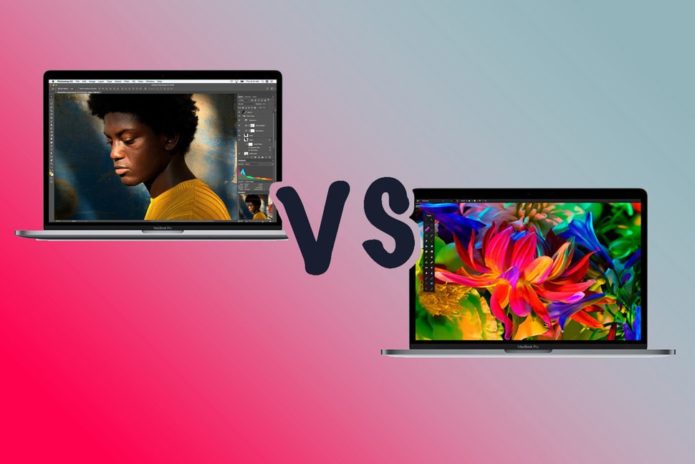If you’re an Apple watcher, you’ll probably be familiar with Apple’s update cycles on its MacBook models. Apple has just announced new 2018 MacBook Pro models.
So which Macs have been updated? The MacBook Pro models with Touch Bar – there’s no change to non-Touch Bar models, so the cheaper 2017 13-inch MacBook Pro hasn’t been updated and remains.
The changes are in higher-spec Touch Bar models and here’s how it breaks down. The fact that Apple released these with little fanfare basically tells you it’s not a huge change.
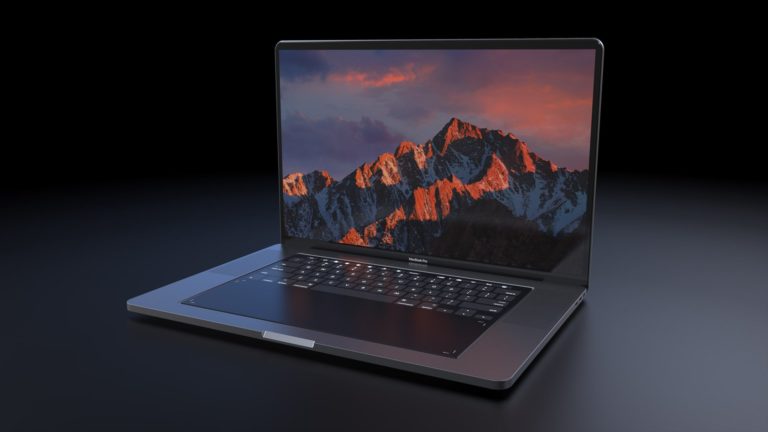
MacBook Pro (2018) vs MacBook Pro (2017): Design and build
- Both available in 13 or 15-inch sizes
- Space Grey and Silver colours for all
- Exterior design remains the same
With the MacBook Pro getting a design update in 2016, there’s no surprise that from the exterior there’s no change in these models. The 13-inch models measure 304.1 x 212.4 x 14.9mm and weigh 1.37kg, while the larger 15-inch models all measure 349.3 x 240.7 x 15.5mm and weigh 1.83kg. No change there from 2017.
The updated models all have the Touch Bar and Touch ID, but the big change comes to the keyboard. The keyboard was changed for the 2017 MacBook Pro to the new butterfly mechanism, but it wasn’t totally well received, with some encountering problems.
The new keyboard is said to be quieter – less clicky with more travel – and we suspect this comes down to Apple replacing the switches behind the keys to address those complaints and give the keyboard a little more life. As soon as we give it a try, we’ll let you know how successful the change has been.
Physical connectivity gives you four Thunderbolt 3 as well as a 3.5mm headphone socket.

MacBook Pro (2018) vs MacBook Pro (2017): Display
- New MacBooks offer True Tone display
- Sizes and resolutions remain the same
The new 13-inch (actually 1.3-inch) model has a native resolution of 2560 x 1600 pixels (227ppi), the same as the 2017 models. The 15-inch model (actually 15.4-inches) has a resolution of 2880 x 1800 pixels (220ppi), again, the same as 2017. These sizes and resolution were also the same in 2015, so no huge changes there. It supports a wide P3 colour gamut.
However, the new models are equipped with True Tone. This is a technology that was first introduced on the iPad Pro, finding its way into 2017 iPhone models and is now on the MacBook Pro with Touch Bar in 2018.
True Tone uses sensors to detect the ambient lighting and adjust the white balance to adapt to the colour temperature of the ambient lighting. That should lead to a more natural display experience. Apple says it’s the best display on a MacBook Pro yet.
It’s not clear if the OLED Touch Bar also adapts with True Tone, but we will update as soon as we know – but overall, the display experience should be a little better than the 2017 models.
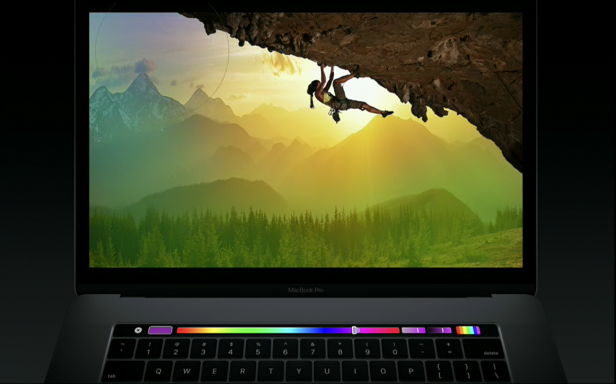
MacBook Pro (2018) vs MacBook Pro (2017): Hardware and power
- Latest 8th-gen Coffee Lake Intel Core CPUs
- Radeon Pro graphics for 15-inch
- 15-inch gets 6-core i9 option
The big upgrades really come in the internals. Both models in 2018 get equipped with the Intel eighth-generation Core processors – Coffee Lake – a step forward from the 2017 seventh-gen hardware.
For the 13-inch MacBook Pro quad-core CPUs offer twice the speed of the 2017 model; on the 15-inch model six-core Intel Core i7 and i9 hardware is offered, claiming a 70 per cent boost, according to Apple, but it very much depends on what you’re asking it to do. Photoshop will run faster, Final Cut Pro will run better, you get the idea.
The 15-inch model can now be specced up to 32GB DDR4 RAM, while the 13-inch can have up to 16GB RAM. Storage is SSD, topping out at 2TB on the 13-inch and 4TB on the 15-inch, but starting at 128GB and 256GB respectively. The costs for adding SSD internally is expensive, but external options via Thunderbolt 3 are an option.
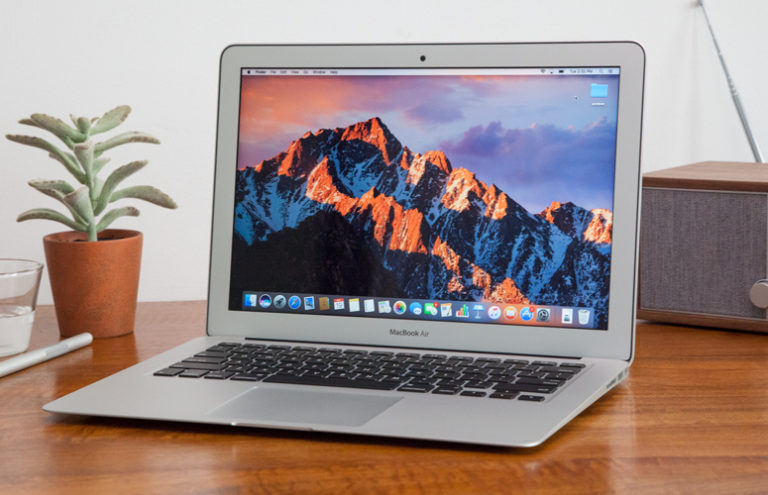
Graphics is boosted by some of the latest GPUs from Radeon. Apple is using the Radeon Pro 555X with 4GB GDDR5 in the 15-model as standard, with the Radeon Pro 560X as a step-up option.
The 13-inch MacBook Pro doesn’t get a discrete graphics option, so it relies on the Intel Iris Plus 655 with 128MB DRAM. Some might say that it’s expensive for a model that doesn’t have a discrete GPU. The 15-inch model carries the Intel UHD Graphics 630 for lower power graphics tasks and to save you power.
One other hardware addition is the Apple T2 chip. This is a chip dedicated to security that was introduced on the iMac Pro, handles encryption and also enables Hey Siri commands on the new models.
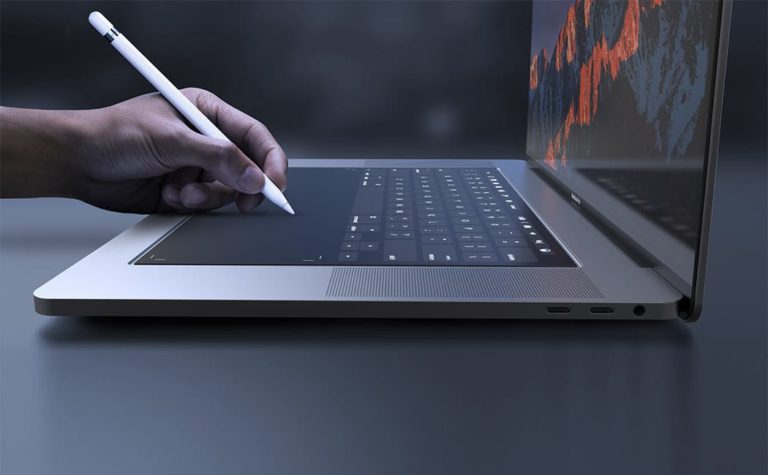
MacBook Pro (2018) vs MacBook Pro (2017): Price
- 13-inch starts at £1,749
- 15-inch starts at £2,349
Both models start at the same prices as the base level models from 2017, so that’s £1,749 for the 13-inch and £2,349 for the 15 inch.
There are lots of option for configuration, with the Core i9 15-inch model starting at £2,969. The SSD storage options are expensive though – choosing the 4TB internal SSD will add £2,880 to the price.
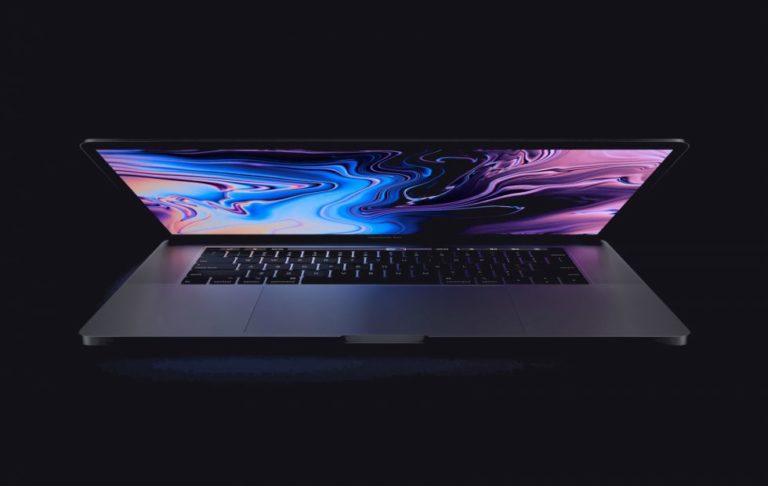
Conclusions
The 2018 MacBook Pro models adopt the latest hardware from Intel, expanding the power options higher up, to keep the Pro in its performance position. Apple is very much positioning this the computer for creatives – digital artists, musicians, photographers and videographers. The power upgrades on offer will appear to those who really need a work horse.
The changes over the 2017 come down to those internal boosts and in some cases, if you’re buying the base spec, you’ll want to make sure you’re looking at the 2018 model not an older 2017 model – especially if buying from a third-party reseller. Apple themselves are offering the updated versions of these models directly.
So, power boosts, a new keyboard, enhanced security and True Tone for the display are the changes over 2017 on the Pro models with Touch Bar. For those expecting something in the lower levels, a replacement MacBook or MacBook Air, you’ll have to keep waiting.
The new MacBook Pro models are available today.
(pocket-lint.com, https://goo.gl/no8dHc)


